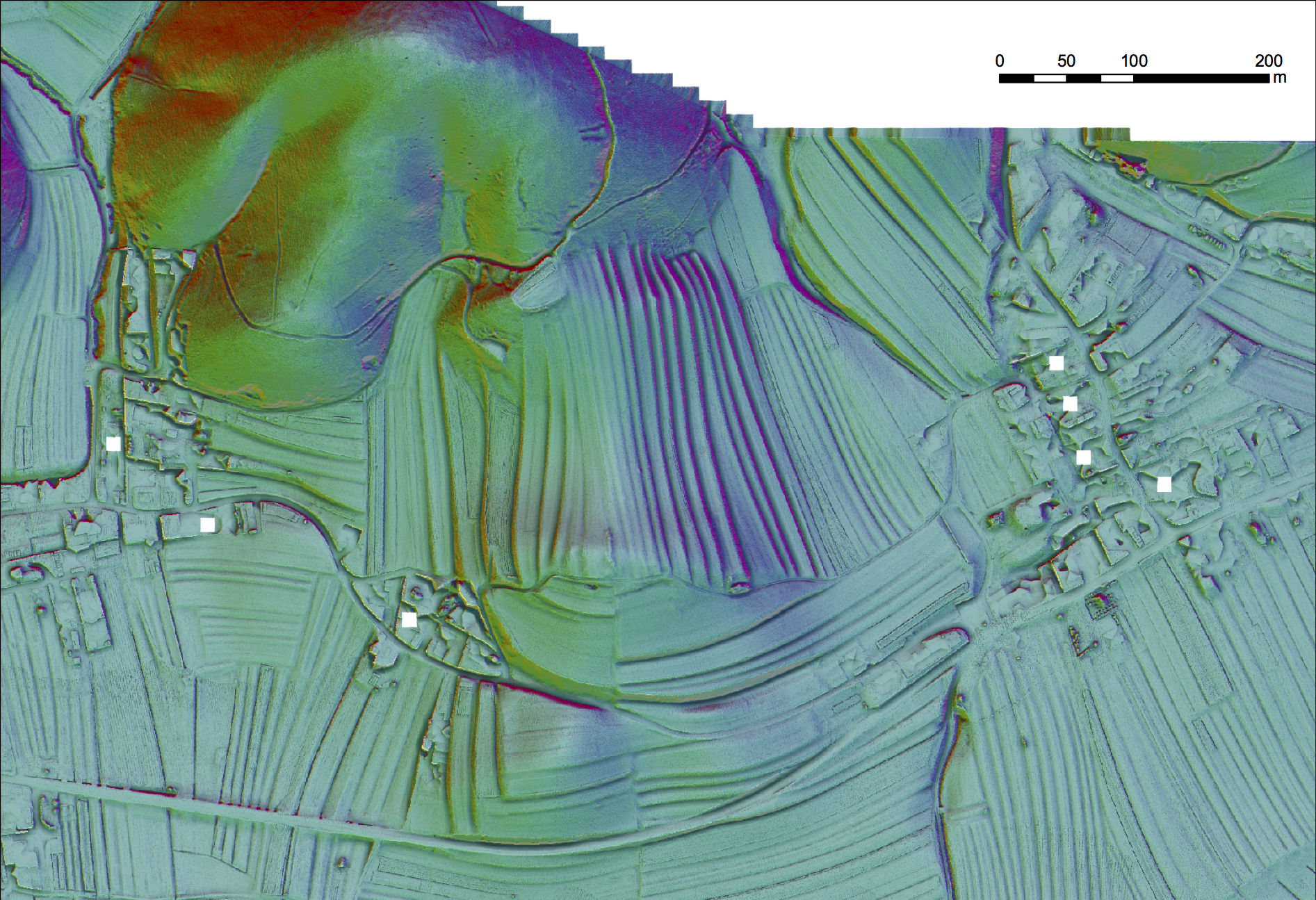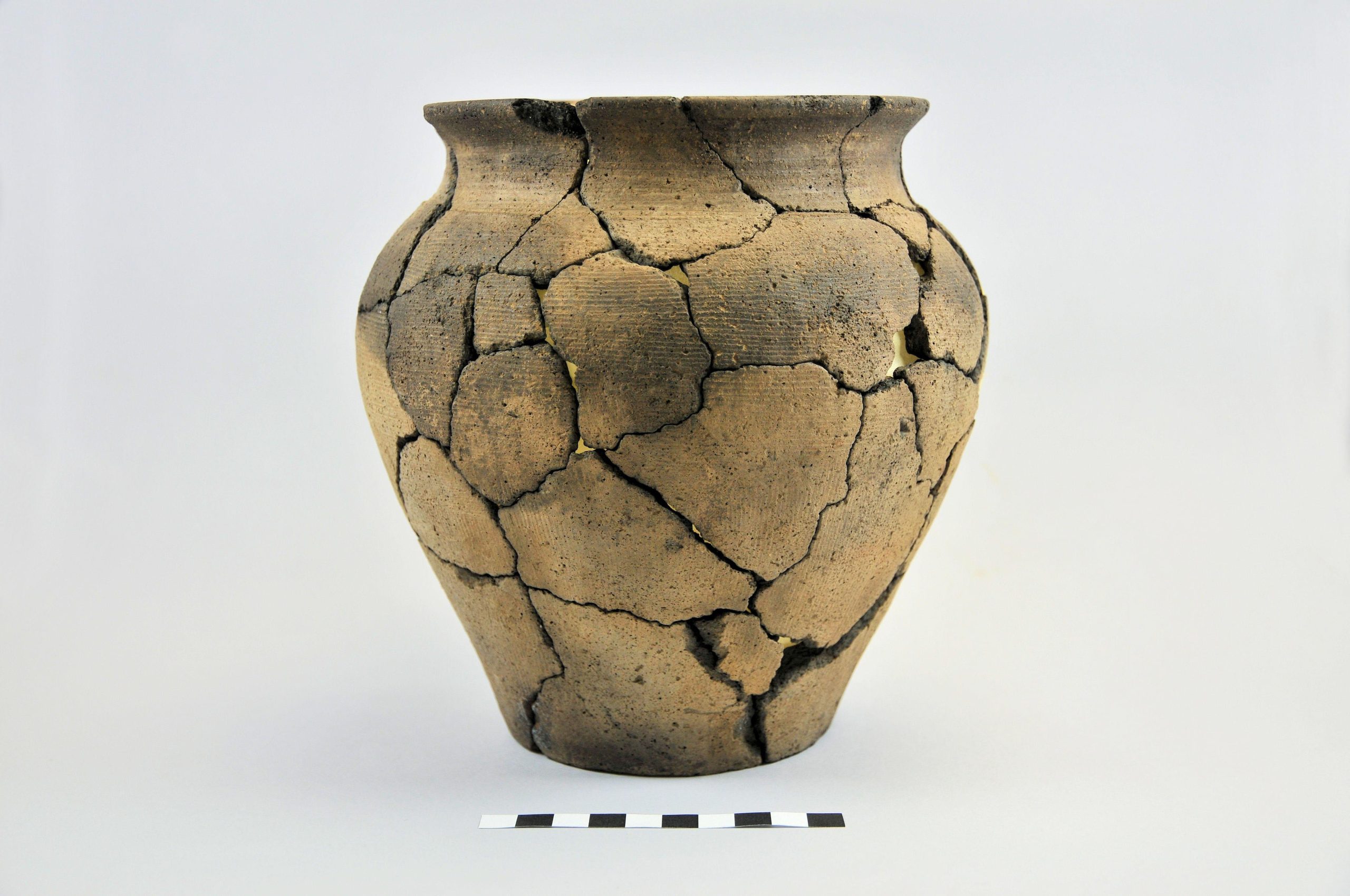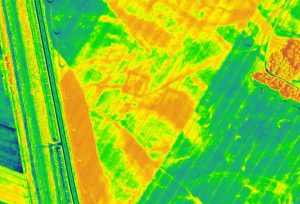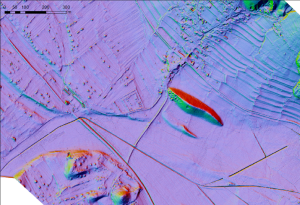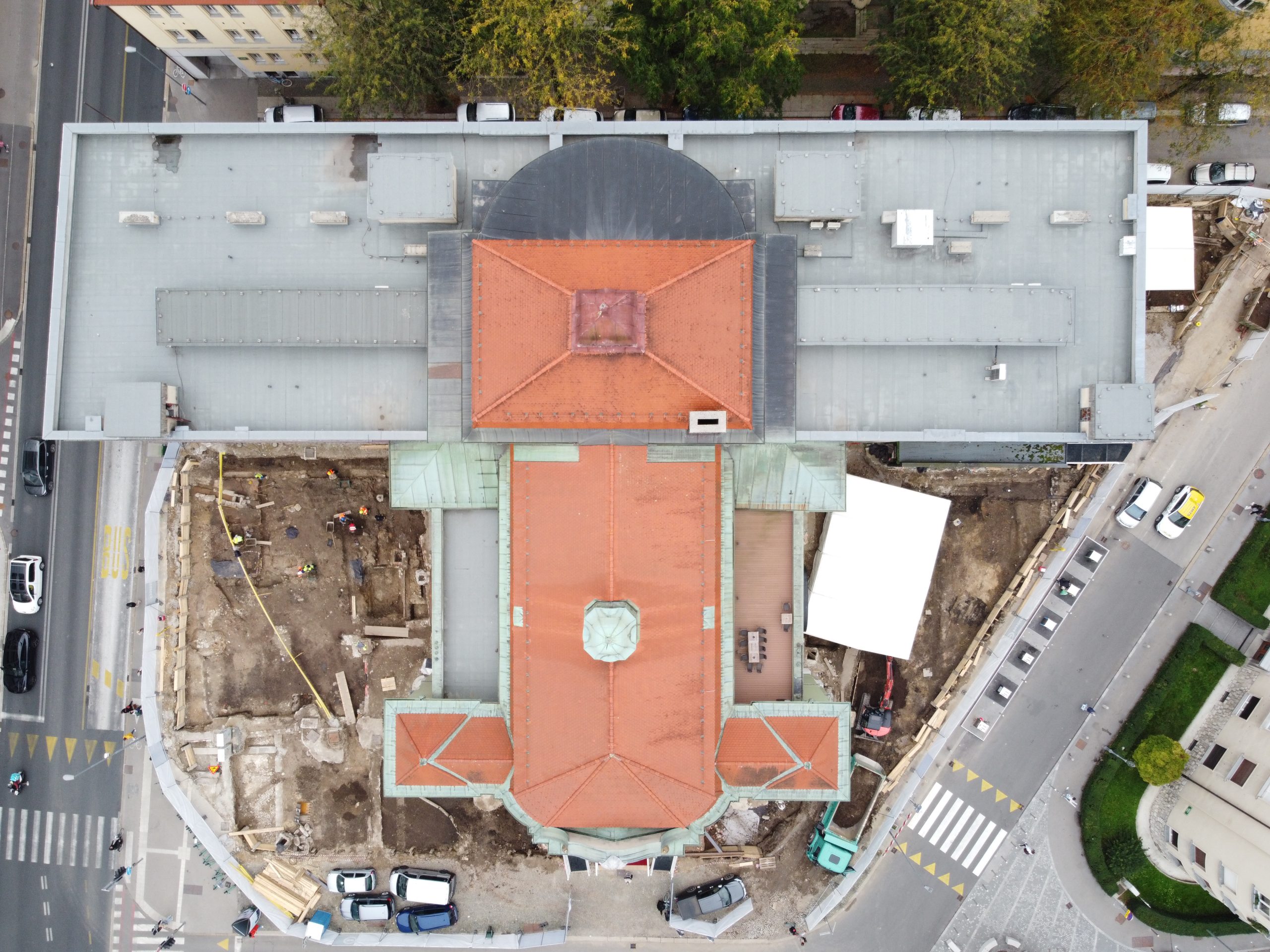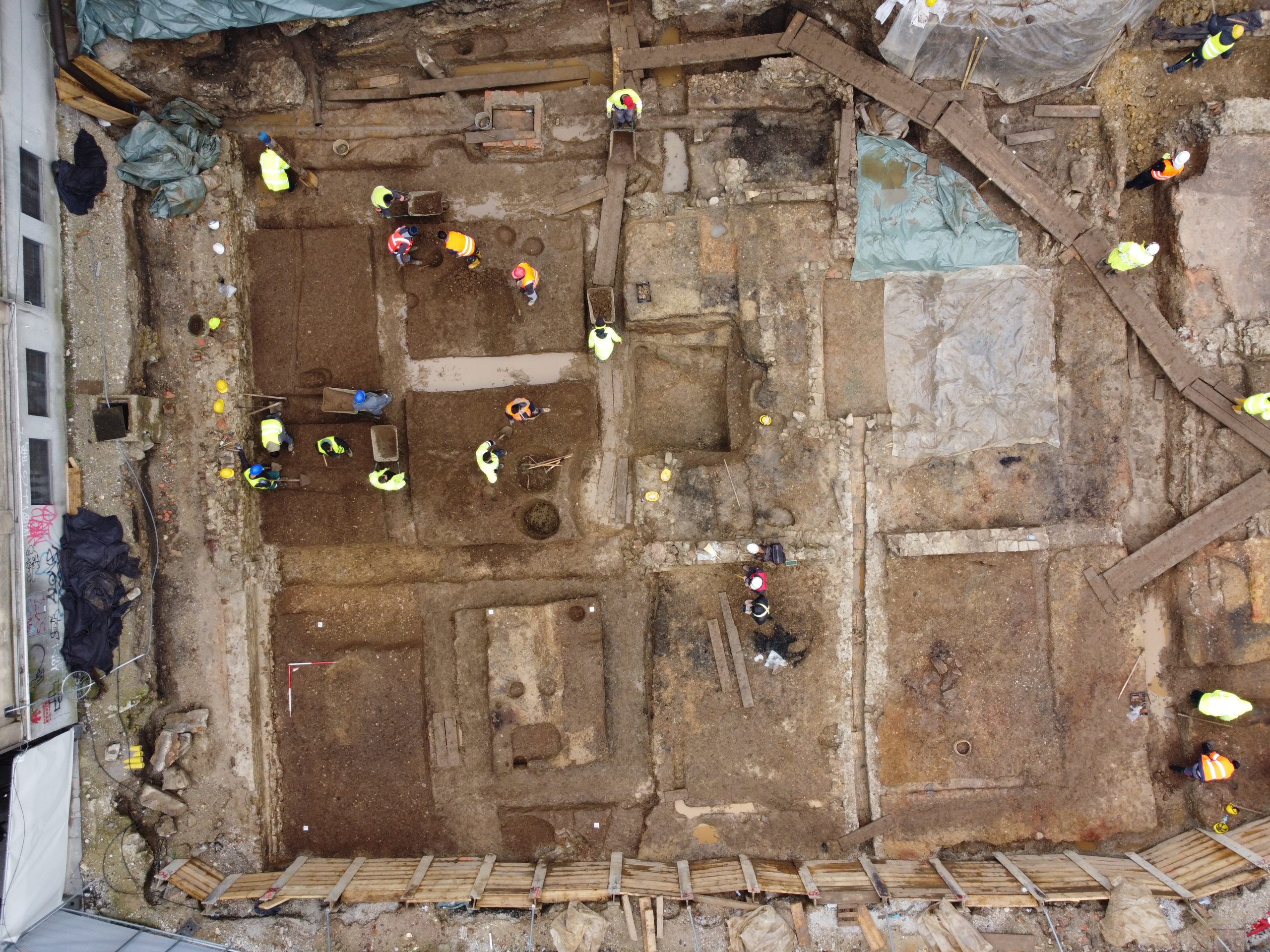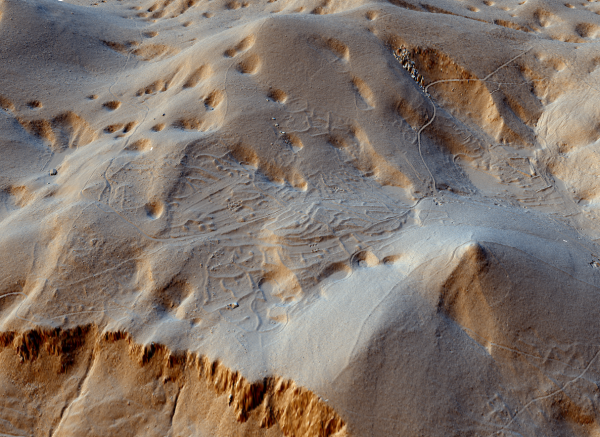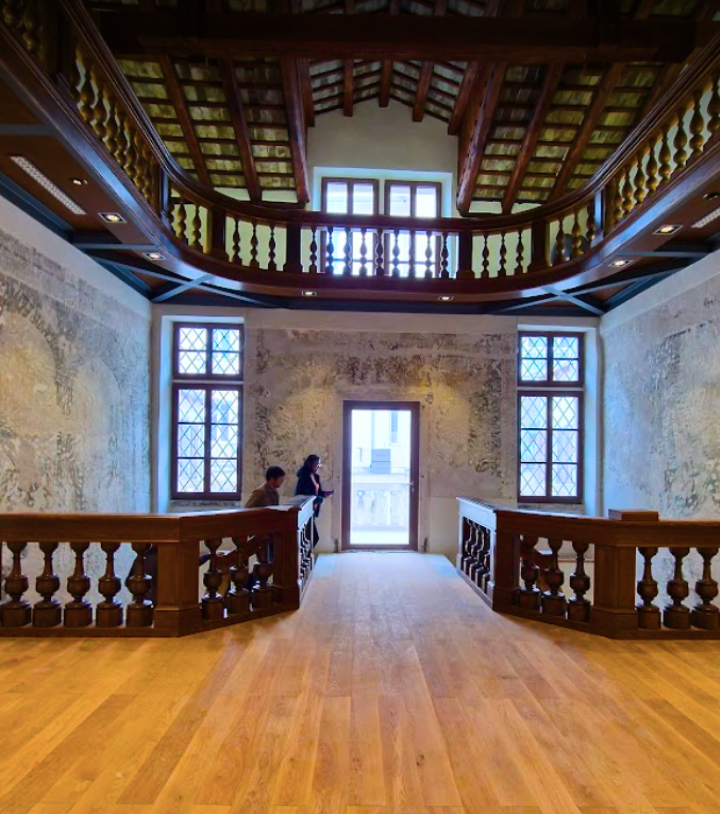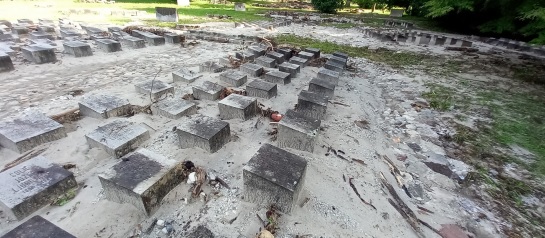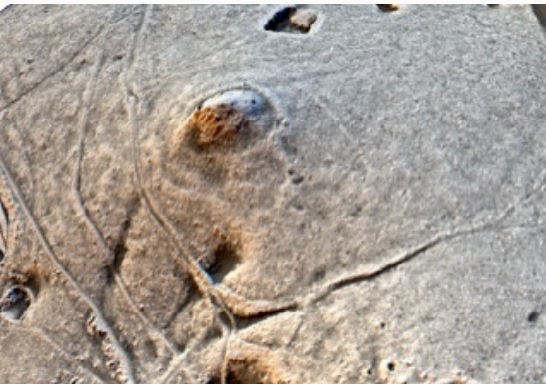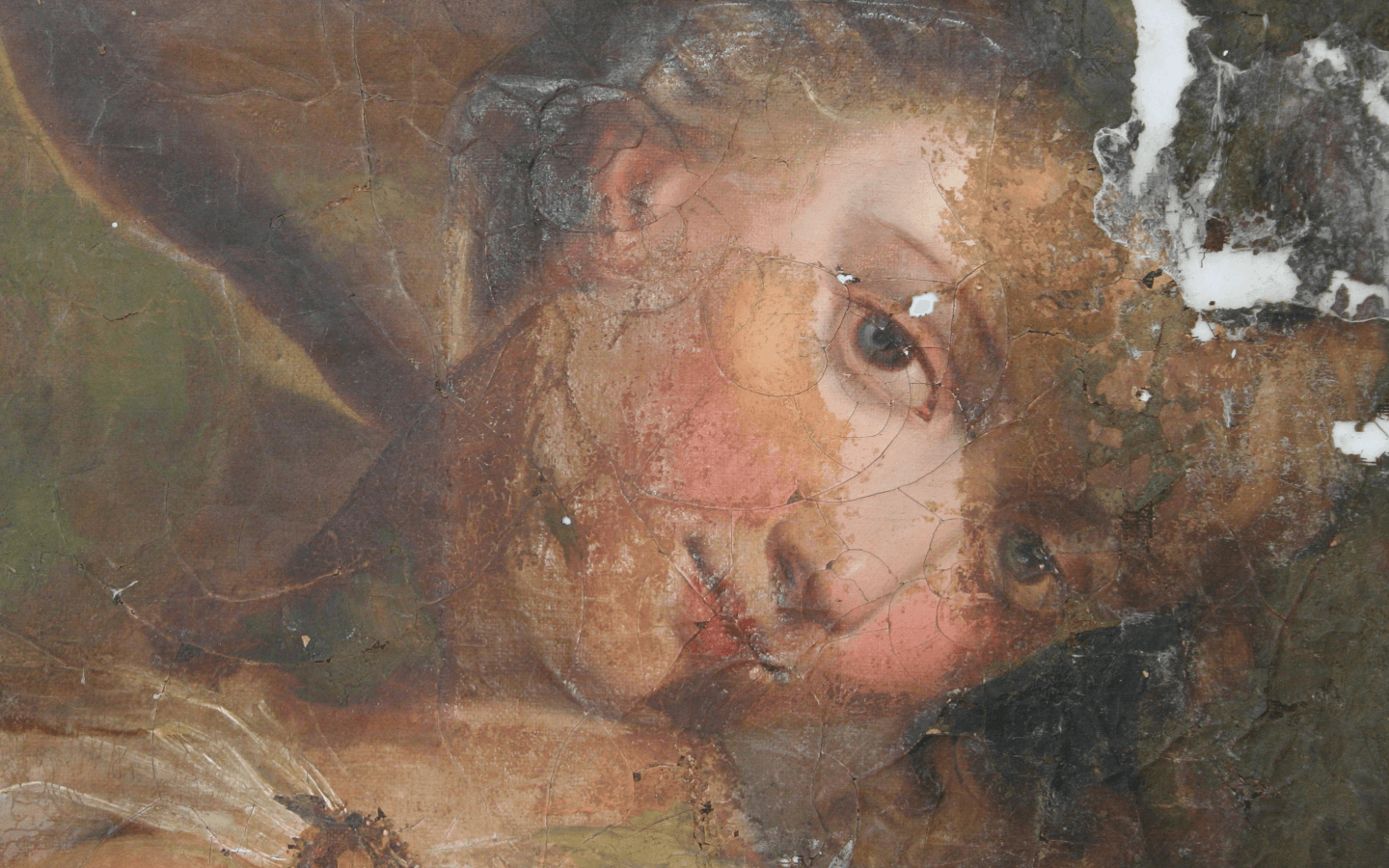Preventive archaeology is the concept of protecting archaeological heritage in space. The aim is to document and protect as much as possible the archaeological heritage as an object, site and part of space through non-invasive and weakly invasive excavations.
Base
The Centre for Preventive Archaeology maintains and improves a database of ceramics and pottery found throughout the country. To date, several thousand pottery fragments have been collected and identified. Most of them are fine table and transport wares from the Roman period, as well as lamps. The pottery fragments are accompanied by information from archaeological research, the shape and type of the pottery, and information on its origin. The data from the database allow for comparison of ceramics between sites.
